
|
|
|
|
|
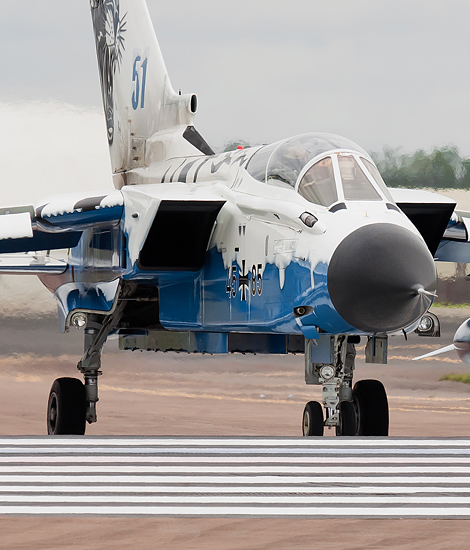
|
The RAF Transport Fleet; RAF Fairford, July 8 - 9, 2012
The Royal International Air Tattoo, part 2; Text and Photograph's by Alex van Noye
The theme Skylift during the RIAT was symbolized with a flight pass of transport planes during the airshow. All
British transport aircraft were represented during this flight pass. The British air transport fleet, consists of;
the C-130 Hercules, the C-17 Globemaster III and will be expanded in the future with the Airbus A400.
The transport fleet plays a key role within the current RAF. Nowadays it is vital to move equipment and personnel as
soon as possible to areas during a crisis. The British transport fleet is continuously prepared for the dispatch of
military forces and ground equipment. With a wide range of aircraft, it can make flights to every place within a short
time to any location in the world. The British transport fleet can at any time be used by the NATO Response Force (NRF).
The planes are therefore continuously available for international deployments to crisis areas. Some examples of recent
missions, include; the fight against the Taliban in Afghanistan, deployments to Iraq and in the past peacekeeping missions
in the former Yugoslavia. Fast and flexible deployments of transport aircraft played a key role during all these situations.
The transport fleet was therefore a quick connection with the crisis area and the United Kingdom and its allies. The
British transport fleet consists of 3 types of aircraft which can be used for various tasks. These heavy transport
aircraft, are; the Boeing C-17 Globemaster III, the Lockheed C-130 Hercules and the Airbus A400 Atlas. The Airbus
A400 is the newest member of the fleet and will be employed by the RAF in the upcoming years. These 3 types of
transport aircraft have each their own specific transport tasks. The Hercules is suitable for short distances and
difficult terrain, while the C-17 is ideally suited for the long range missions.
Besides the United States, Great Britain flies also the Boeing C-17 Globemaster III. In 1998, a Strategic Defense
Review states the country needed an aircraft with strategic transport capabilities. The Short-Term Strategic Airlift
(STSA) competition was ultimately won by the Boeing C-17 Globemaster. The C-17 would enter service very quickly,
because the delivery of the A400 was delayed for a long period. An amount of 4 C-17s was leased for a period of 7
years from the United States. The RAF had the opportunity to purchase these aircraft or to send them back to the
United States after
|
|
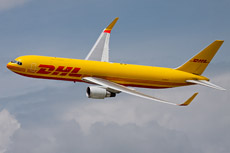
|
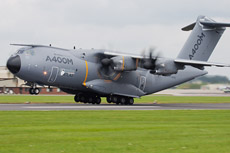
|
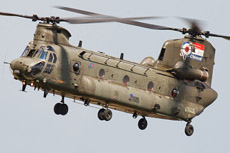
|
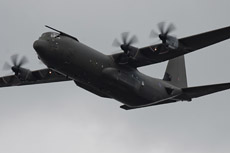
|
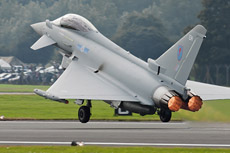
|
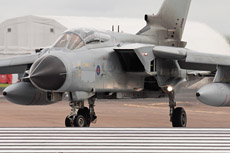
|
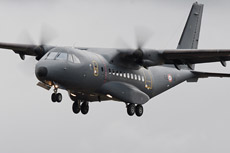
|
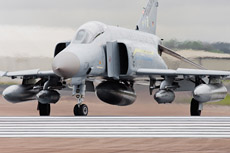
|
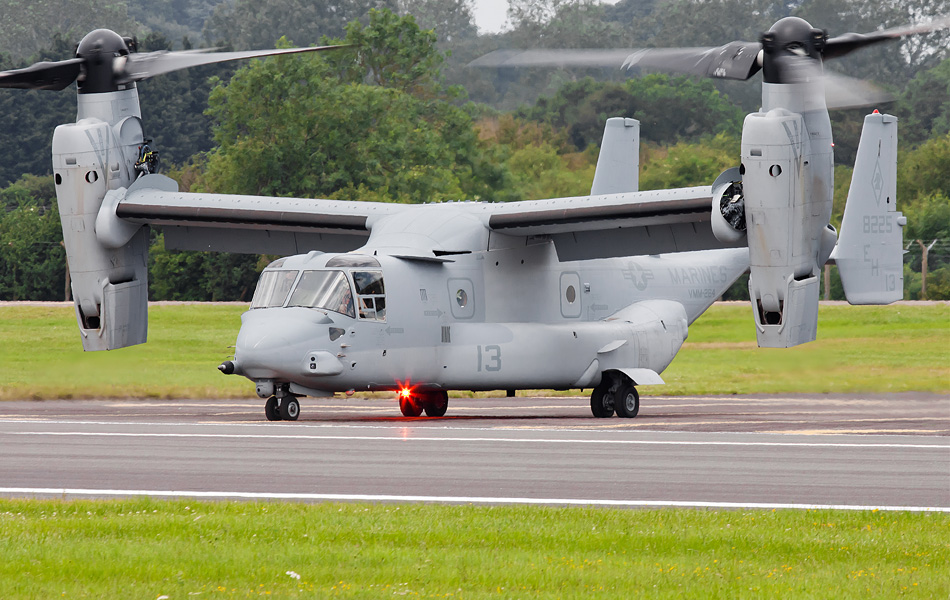
|
the lease period. The aircraft were eventually purchased by the RAF. The first C-17 was delivered to RAF Brize-Norton on
May 17, 2001. The aircraft was at this airbase assigned to the no 99 Squadron. Normally the aircraft would receive the
name Globemaster C1 which is usual in the UK, but it stayed C-17 Globemaster because the aircraft was leased from the
Americans. The aircraft was originally leased as a temporary solution for the subsequent arrival of the A400. In August
2006, it was decided to buy a fifth C-17, because the RAF decided to keep the C-17 in service after the lease period.
The four leased aircraft were purchased from Boeing in 2008. At the end of 2006, it was decided to purchase another 3
C-17s. The fleet would consist of 8 aircraft. The first additional C-17 was received by the RAF on June 11, 2008. The
last C-17 of this series was delivered in February 2012. All the British C-17s are currently based at RAF Brize-Norton.
The workhorse of the RAF is the C-130 Hercules. In Great Britain, the aircraft is referred to as the Hercules Cx. The x
in this indication is a number of the variant of the Hercules. The RAF has at this moment 32 Hercules aircraft of
various variants in service. A total of 91 Hercules aircraft flew for the RAF in the past. All British Hercules’s are
based at RAF Brize-Norton. The oldest Hercules’s are the Hercules C1 and the Hercules C3. The Hercules C1 is of the
type C-130H Hercules and Hercules C3 is comparable with the type C-130H-30. The RAF operates a series of 8 aircraft
of these 2 types; all these aircraft are assigned to the no 47 Squadron. These aircraft will be phased out soon. It
is very likely the no 47 Squadron will be the first unit in the UK which will receive the Airbus A400 Atlas. The no
24 Squadron flies the Hercules C4. The Hercules C4 is the British variant of the C-130J-30. This Hercules is an
extended version of the original design of the aircraft. The no 24 Squadron has 14 of these Hercules’s in service.
The third unit which flies the Hercules is the no 30 Squadron. This unit flies the Hercules C5. This variant of the
Hercules is similar to the C-130J. The RAF has 10 Hercules’s in the service of the type Hercules C5. The Hercules is
by far the most deployed transport aircraft of the RAF. The aircraft plays therefore a key role in the tactical
transport role within the British military aviation. It is still not clear how many Hercules’s will remain in service
when the A400 will enter service.
The Airbus A400 Atlas is the newest member in the family of transport aircraft of the RAF. The RAF had initially
ordered 25 of these aircraft. Eventually the order was adjusted to 22 aircraft. The reason was the purchase of the
Boeing C-17 Globemaster III. It is expected the first A400 will be delivered in 2013. The A400 project started as
the Future International Military Airlifter (FIMA) program. The program was started as a collaboration of Aerospatiale,
British Aerospace (BAe), Lockheed, and Messerschmitt-Bölkow-Blohm (MBB). The aim was to develop a replacement for the
C-130 Hercules and C-160 Transall. In 1989, Lockheed stepped out of this consortium and developed the C-130J Super
Hercules. Alenia from Italy and CASA from Spain stepped into the project which continued under the name Euro Flag.
Italy was retracted relatively quickly from the program. The A400 is an aircraft which is in size in between the
Lockheed C-130 and the Boeing C-17. The cargo bay is designed to quickly load and unload amounts equipment; the job
can be carried out by only one loadmaster. The A400 is suitable to carry heavy loads such as tracked vehicles and
helicopters. The aircraft is also able to land on unpaved airstrips. Besides this feature, the aircraft can also
take off from very short runways. The first flight of the A400 took place in Seville on December 11, 2009. Germany
and France are the two largest consumers of the A400 with 53 and 50 aircraft. The British A400s will be based at
RAF Brize-Norton. The A400 received the name Atlas at the beginning of 2012.
|
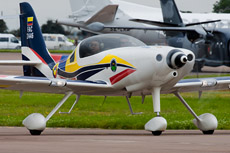
|
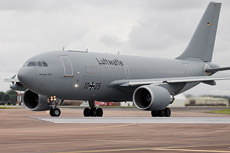
|
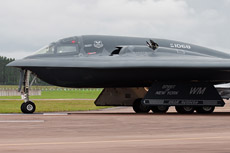
|
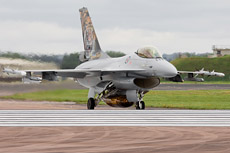
|
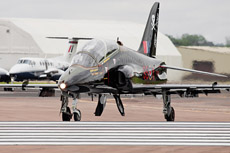
|
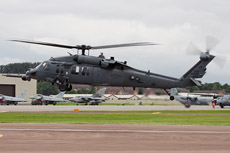
|
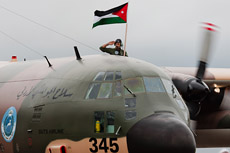
|
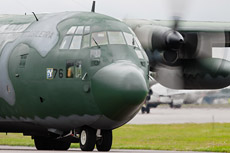
|
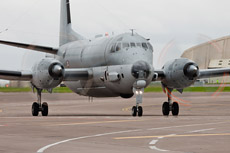
|
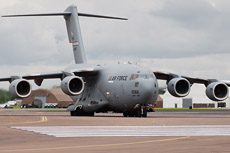
|
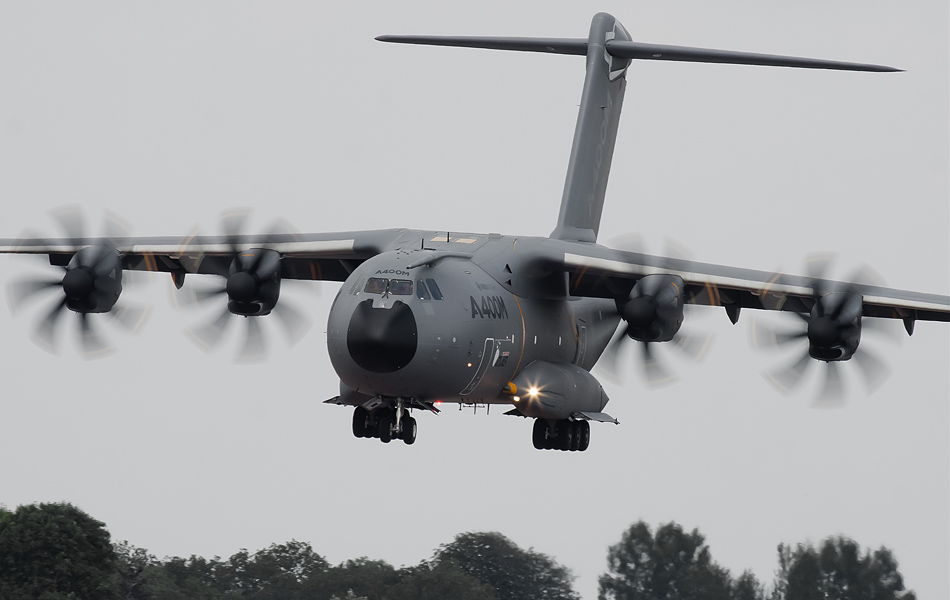
|
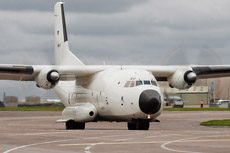
|
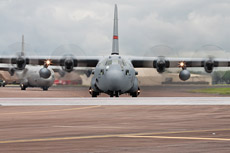
|
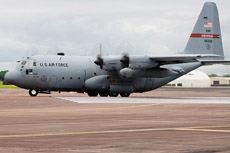
|
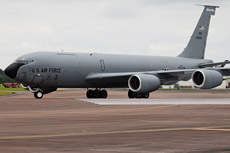
|
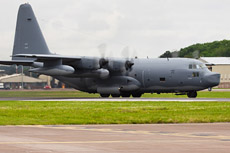
|
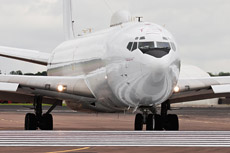
|
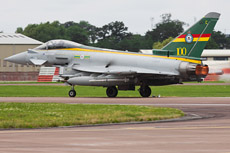
|
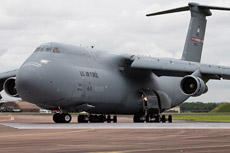
|
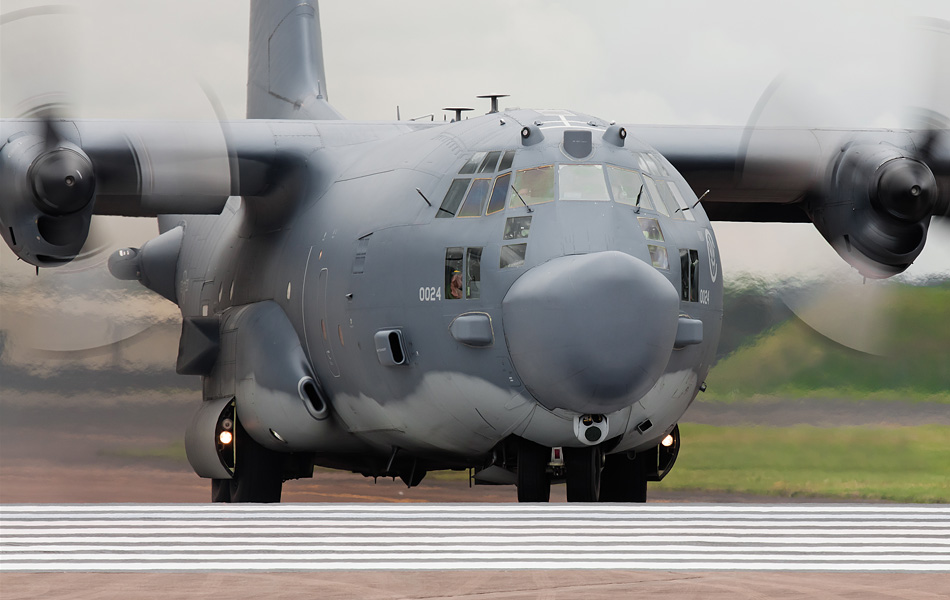
|
|
|

|







